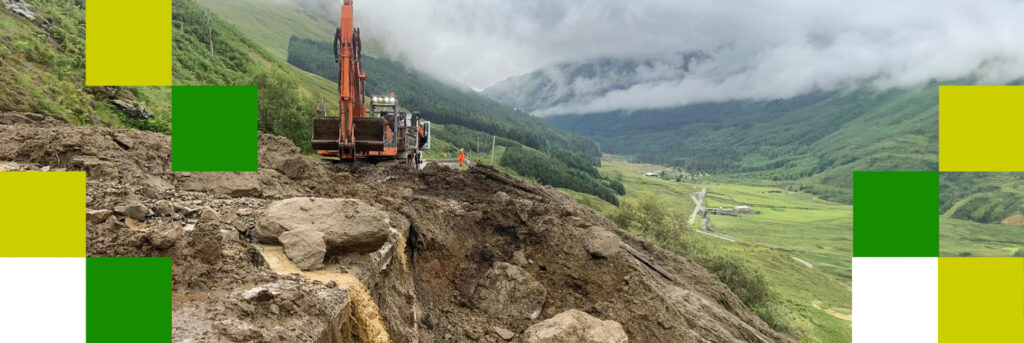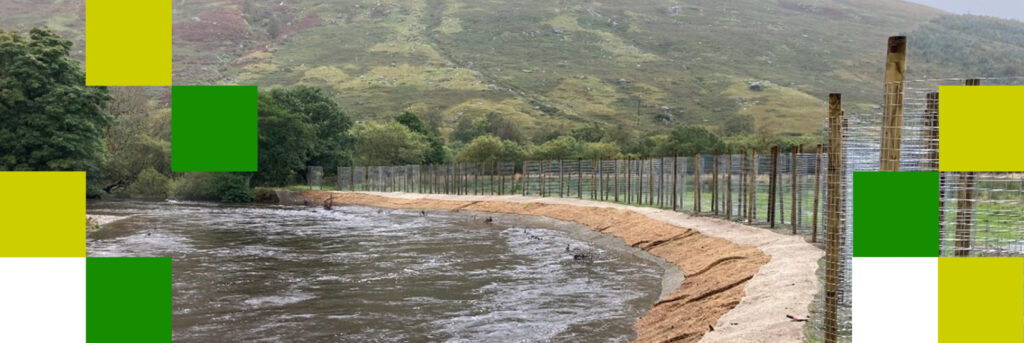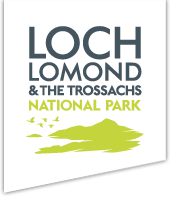
Climate Emergency in The National Park
The Climate Emergency is having a real impact on the National Park and the people who live, work and visit here.
Challenge
The Climate Emergency is having a real impact on the National Park and the people who live, work and visit here. More frequent flooding and landslips are damaging people’s homes, communities, businesses and lifeline transport links. It also threatens nature, with some habitats and species struggling to adapt to the warmer, wetter climate. Failing to reduce emissions and limit global warming will result in more of these impacts, including severe droughts, heatwaves, storms and rainfall.

Solution
We need to reduce emissions as far as possible and balance this with carbon capture to reach a total of net zero emissions in the National Park. However, the superpower of the National Park is that it has the capacity to go even further than this and become a place that absorbs carbon. To do this we need to address things like how people travel to, from and around the National Park as this is a major source of carbon emissions. We need to change how land is used, encourage more sustainable tourism and support greener ways for people to live and work here. We also need to restore habitats such as woodlands, peatlands and waterbodies so that they are healthier and more resilient to change.
Goal
The goal is for the National Park to be Carbon Negative, becoming a natural, carbon sink. This would reduce the impacts of the Climate Emergency here in the National Park and help Scotland and the wider world reach its ambitious climate targets.

Steps
- Reduce peatland emissions
- Increase Tree Cover
- Restore the Water Environment
- Support more Regenerative Land Use
- Invest in Nature Restoration
- Inspire action for nature and climate
- Deliver a multi-year Place Programme
- Improve travel infrastructure
- Develop a new strategic transport partnership approach
- Make sustainable travel choices more attractive
- Increase Sustainable Tourism
- Support Low Carbon Businesses
- Grow Green and Nature-based Jobs and Skills
- Enable more local living and working
- Adapt to Climate Change and Restore Nature
Progress Update
Steps are already being taken to deliver against these goals.
The Greenhouse Gas (GHG) Assessment and Proposed Pathway to Net Zero Report gives a detailed Carbon Footprint for the whole National Park, as well as a model for the pace, scale and type of changes required to meet national and international obligations here.
The UK’s National Parks, including Loch Lomond and The Trossachs and The Cairngorms, have become the first in the world to join the UN-backed ‘Race to Zero’ initiative, aiming to halve their global carbon emissions by 2030 and become significant carbon sinks by 2050.
The Climate Change Risk and Opportunities Assessment Report provides localised climate change projections for the National Park, and a detailed analysis of the risks faced by the National Park due to these climate changes. We must now work with delivery partners to address these risks.
The Oak Tree Inn, in Balmaha, is a great example of a local tourism business taking action to address the climate emergency, whilst continuing to develop their business.

